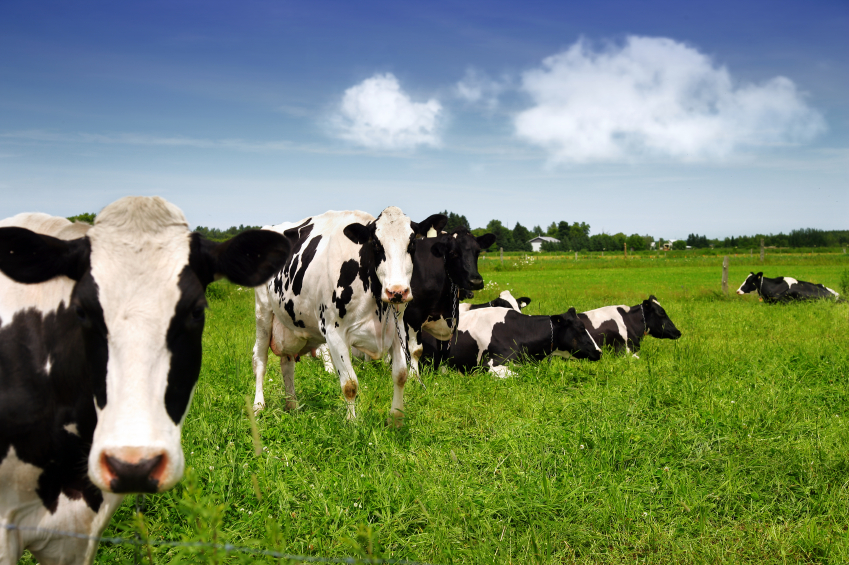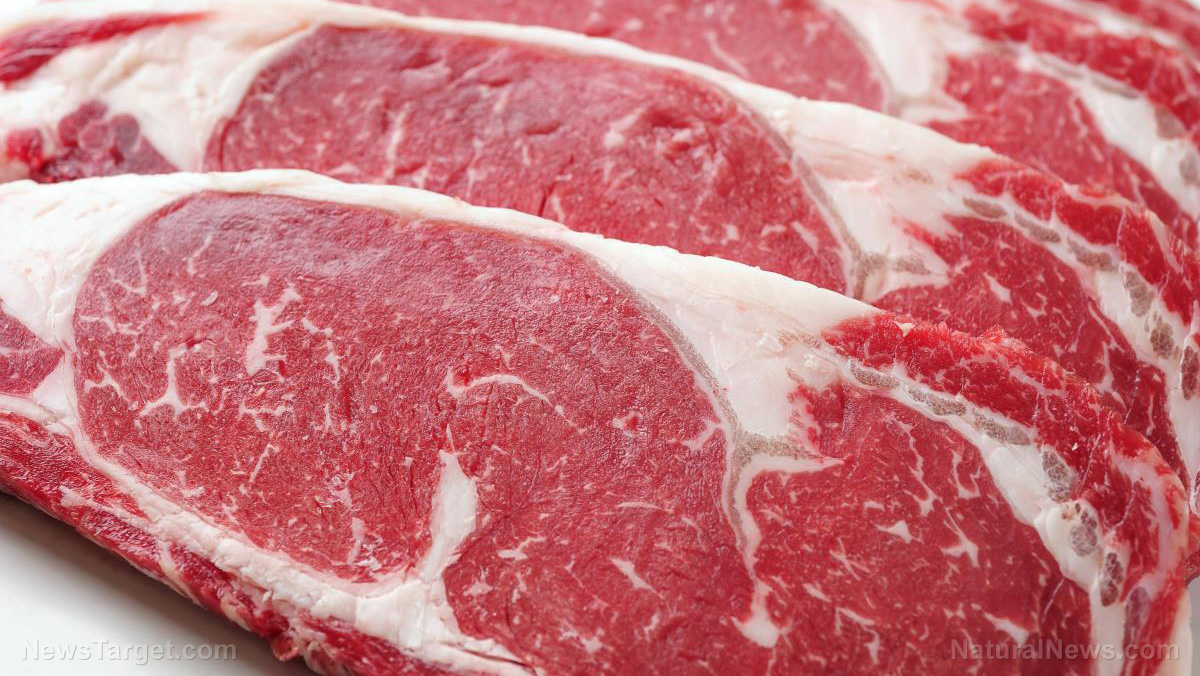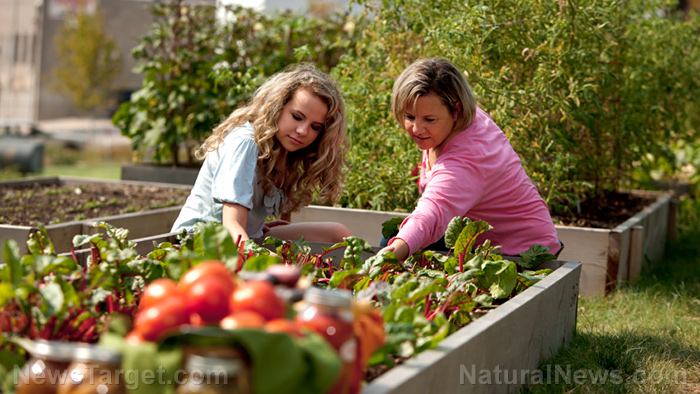Prepping tips: How to prepare a food storage starter kit
09/18/2023 / By Zoey Sky

Knowing how to make a food storage starter kit is important if you want to have access to food after SHTF. (h/t to PreppersSurvive.com)
Follow the tips below to get started.
Food starter kit basics
To make a food storage starter kit, you will need a box that measures 19 x 13 x 7.5 inches. It should contain enough food to feed one person three meals a day for at least one month.
A box of this size should be large enough to fit at least six #10 cans. These cans are bigger than a typical can of food.
If you want your food starter kit to last longer, you may want to invest in #10 cans of dehydrated or freeze-dried food. (Related: Protect yourself against food shortage with these useful prepping practices.)
Remember that when SHTF, your food starter kit will ensure that you don’t starve, but don’t expect that your supplies can be used to create gourmet meals. Stick to versatile ingredients that you can use to prepare or cook in times of hardship.
Once you understand the basics of preparing a food starter kit for all family members, you can eventually move on to starting a food storage pantry.
Alternatively, you can store the food starter kit in a safe place like under your bed or in a cabinet in the kitchen until you need an emergency food supply after SHTF.
What to include in your food starter kit
When choosing items for your kit, opt for foods that will last for at least 1o to 20 years. This ensures that you don’t have to rotate your supplies, like if you choose small canned goods that only have a two or five-year shelf life, especially if the food is stored in liquid.
Your food starter kit should take up only a small amount of space. Try to make it compact enough so you can hide or store it under your bed or in a coat closet.
Each can of food should have 15 or more servings of food:
- 2 Cans of food for breakfast with 15 servings = Enough for one month
- 2 Cans of food for lunch with 15 servings = Enough for one month
- 2 Cans of food for dinner with 15 servings = Enough for one month
Here are two lists of items commonly included in food storage starter kits: Dry food staples or premade meals.
The dry foods list includes basics that you can use to diversify meals by changing the way you prepare each item. Depending on the spices and other ingredients in your kitchen, you can make a bean stew one night, and a Mexican bowl the next day.
Dry food staples starter kit:
- Black beans
- Eggs (Whole eggs or quail eggs)
- Oats
- Pinto beans
- Potatoes
- Rice
If you have extra money and are willing to pay for convenience, you can save time with premade meals since you won’t need other ingredients.
Premade meal storage starter kit:
- Black bean burger
- Brown sugar oatmeal
- Chili
- Cream of wheat
- Soups
Premade meals are a great option because they are convenient and taste great. They also take up less space in your kit and need less prep time.
However, one downside is that premade meals are more expensive than food staples like beans and rice.
Other canned food options for food storage kit
These other canned food options have a shorter shelf life compared to the dry foods listed above, but they’re worth adding to your kit if you want to have more variety when SHTF:
Before SHTF, prepare your food storage starter kit so you have enough food for at least one month.
Visit Preparedness.news for more tips on how to set up your food stockpile.
Watch the video below for nine reasons to add coconut oil to your survival food supply.
This video is from the Health Ranger Store channel on Brighteon.com.
More related stories:
Protect yourself against food shortage with these useful prepping practices.
Food storage tips: How to protect your food supply from bugs and pests.
Prepper projects: Building a root cellar for food storage.
Sources include:
Submit a correction >>
Tagged Under:
canned food, food freedom, food independence, food starter kit, Food storage, food supply, homesteading, how-to, nutrients, off grid, preparedness, prepper, prepper pantry, prepping, SHTF, survival, tips
This article may contain statements that reflect the opinion of the author
RECENT NEWS & ARTICLES
COPYRIGHT © 2017 FOOD FREEDOM NEWS




















